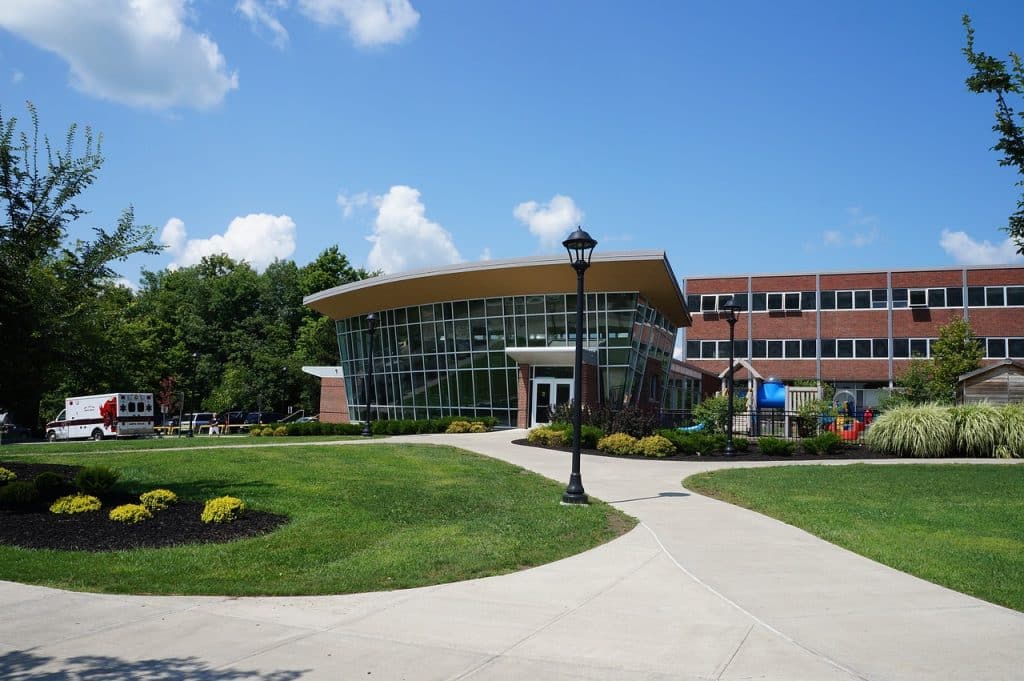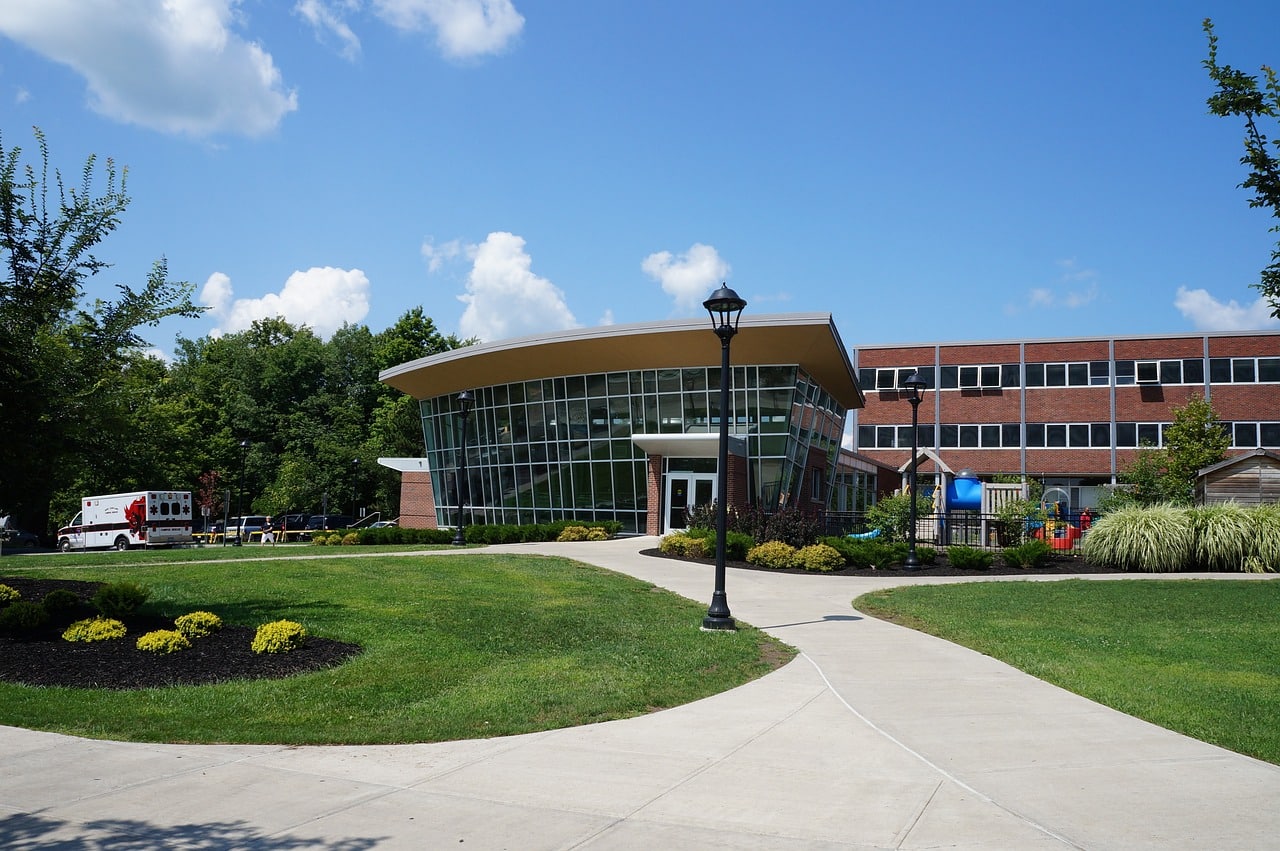The issue of diversity on college and university campuses has been a hot topic in recent years. With the ongoing debate over affirmative action policies, schools are now faced with the challenge of promoting inclusivity without relying on these controversial measures.
Diversity is an important aspect of education as it exposes students to different perspectives and backgrounds, preparing them for a diverse workforce. However, simply having a diverse student body is not enough. Stuart Robinson NYU shares how schools can actively work towards creating an inclusive environment for all students.

The Problem with Affirmative Action
Affirmative action has long been used to promote diversity on college and university campuses. This policy gives preferential treatment to minority groups in the admissions process to counteract the effects of discrimination.
While affirmative action has helped increase campus diversity, it has also faced criticism for being unfair to students who may have higher qualifications but are not part of a minority group. This has led to legal challenges and debates over its effectiveness in achieving true diversity on campus.
Strategies for Inclusivity Without Affirmative Action
Schools can implement various strategies to promote diversity and inclusivity without relying on affirmative action. These include:
Outreach Programs: Schools can partner with local high schools and community organizations to actively recruit students from underrepresented groups.
Holistic Admissions Process: Instead of solely focusing on academic qualifications, schools can also consider other factors, such as extracurricular activities, personal essays, and letters of recommendation.
Inclusive Campus Culture: Schools can create a welcoming and inclusive environment for all students by promoting diversity in their curriculum, hosting events celebrating different cultures, and providing resources for marginalized groups on campus.
Financial Aid: Many underrepresented students may face financial barriers to attending college. To make higher education more accessible, schools can offer scholarships or financial aid specifically targeted towards these students.
The Role of Technology in Building an Inclusive Campus
The digital age presents an unprecedented opportunity to democratize access to education and create inclusive environments. Universities are deploying many tech-based solutions, from virtual reality programs that simulate diverse experiences to AI algorithms that can flag potential biases in admissions processes.
Social media and online communities have become powerful tools for minority students to find support and visibility. Campus groups and organizations are leveraging these platforms to create networks, share resources, and organize events celebrating diversity.
Challenges and Opportunities in the Quest for Inclusivity
Overcoming Resistance to Change
Any shift in approach will likely face resistance, whether from within the university administration, conservative lawmakers, or even segments of the student body. It is crucial to strategize on how to communicate the benefits of new inclusivity measures and address concerns in an effective and respectful manner.
Identifying Collaborative Opportunities
The common adage “strength in diversity” holds for universities seeking to expand their horizons. Collaboration with industry partners, other educational institutions, and diverse communities can open doors to more innovative frameworks that incentivize and facilitate diversity on campus.
The Importance of Ongoing Efforts
Schools need to recognize that promoting diversity and inclusivity is an ongoing effort. It cannot be achieved simply by implementing one or two strategies. Schools must continuously evaluate their policies and campus culture and make necessary changes to truly create a diverse and inclusive environment for all students.
Schools should also prioritize providing support and resources for marginalized groups on campus. This can include creating safe spaces, offering counseling services, and promoting diversity in faculty and staff hiring.
Final Thoughts
Diversity on campus is crucial for preparing students for the real world, but it must be achieved through more than just affirmative action policies. It requires a multifaceted approach that involves active recruitment, inclusive admissions processes, and a welcoming campus culture. By continuously striving towards inclusivity, schools can create an environment where all students feel valued and supported.
Related posts:
- Closing The Skills Gap: The Role Of Education In Preparing Accountants For The Future
- Exploring French Literary Movements From Romanticism to Existentialism
- Architectural Heritage Preservation: Balancing Conservation And Modernization
- Addressing the Needs of Boys Without Fathers Through Volunteering




